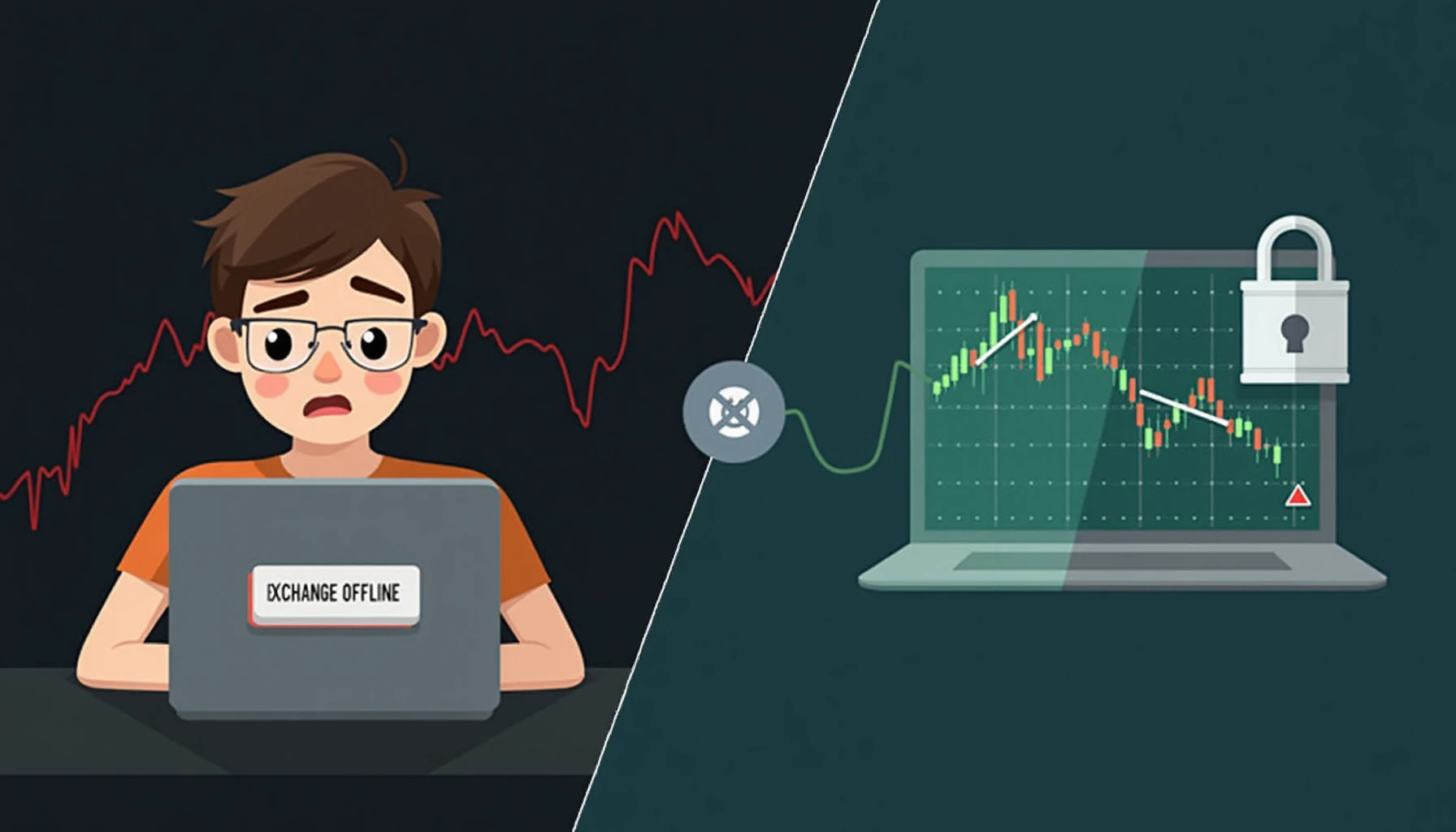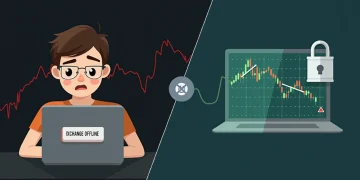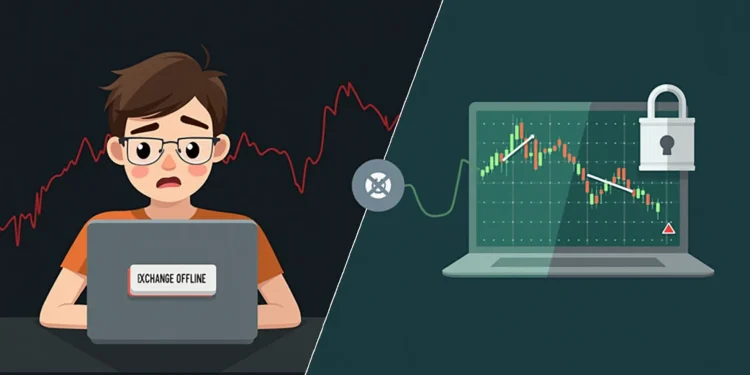Centralized Exchange Bankruptcy Risks: How to Protect Your Crypto Assets
Did you know? Over $3.2 billion in user funds were lost due to centralized exchange collapses in 2024 alone (CoinGecko Data). As cryptocurrency adoption grows, understanding centralized exchange bankruptcy risks becomes crucial for every investor.
Why Centralized Exposes Fail: The Hidden Dangers
Centralized exchanges (CEXs) operate like traditional banks – they control your private keys. This creates three major vulnerabilities:
- Fractional reserves: Many CEXs lend out customer assets without disclosure
- Poor risk management: 78% of failed exchanges lacked proper insurance (Chainalysis 2025 Report)
- Regulatory gaps: Only 12 countries require proof-of-reserves audits
Red Flags of an Unsafe Cryptocurrency Exchange
Spot these warning signs before depositing funds:

- Delayed withdrawals exceeding 72 hours
- No third-party audit reports
- Overly complex fee structures
- Frequent “technical issues” during market volatility
Secure Alternatives to Centralized Trading Platforms
Protect your digital currency investments with these solutions:
1. Non-Custodial Wallets
Hardware wallets like Ledger Nano X reduce hacking risks by 70%. For daily transactions, try MetaMask with these security settings:
- Enable transaction previews
- Set custom RPC endpoints
- Use hardware wallet integration
2. Decentralized Exchanges (DEXs)
Platforms like Uniswap allow trading without surrendering asset control. Remember:
- Always verify contract addresses
- Start with small test transactions
- Monitor liquidity pool health
Action Plan: What to Do If Your Exchange Fails
Follow these steps immediately if you suspect cryptocurrency exchange bankruptcy:
- Document all transaction histories
- File claims with exchange administrators
- Report to local financial regulators
- Join creditor groups for collective action
Pro Tip: Maintain a spreadsheet tracking assets across all platforms – update it weekly.
Future-Proof Your Crypto Strategy
The safest approach combines multiple storage methods:
- Cold storage: 80% of long-term holdings
- DEX liquidity: 15% for trading opportunities
- CEX balances: 5% maximum for active trading
Remember: Centralized exchange risks will always exist in cryptocurrency markets. By taking control of your private keys and diversifying storage, you significantly reduce vulnerability.
For more security guides, explore Bitora‘s Crypto Security 101 and DeFi Risk Management resources.
Disclaimer: This content does not constitute financial advice. Regulations vary by jurisdiction – consult local authorities before making decisions.
Bitora – Your trusted partner in secure crypto asset management.
Dr. Elena Rodriguez
Cryptocurrency Security Researcher
Author of 27 blockchain security papers
Lead auditor for Ethereum 2.0 implementation



























